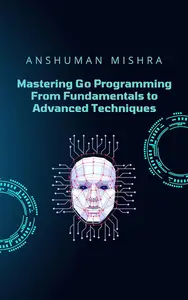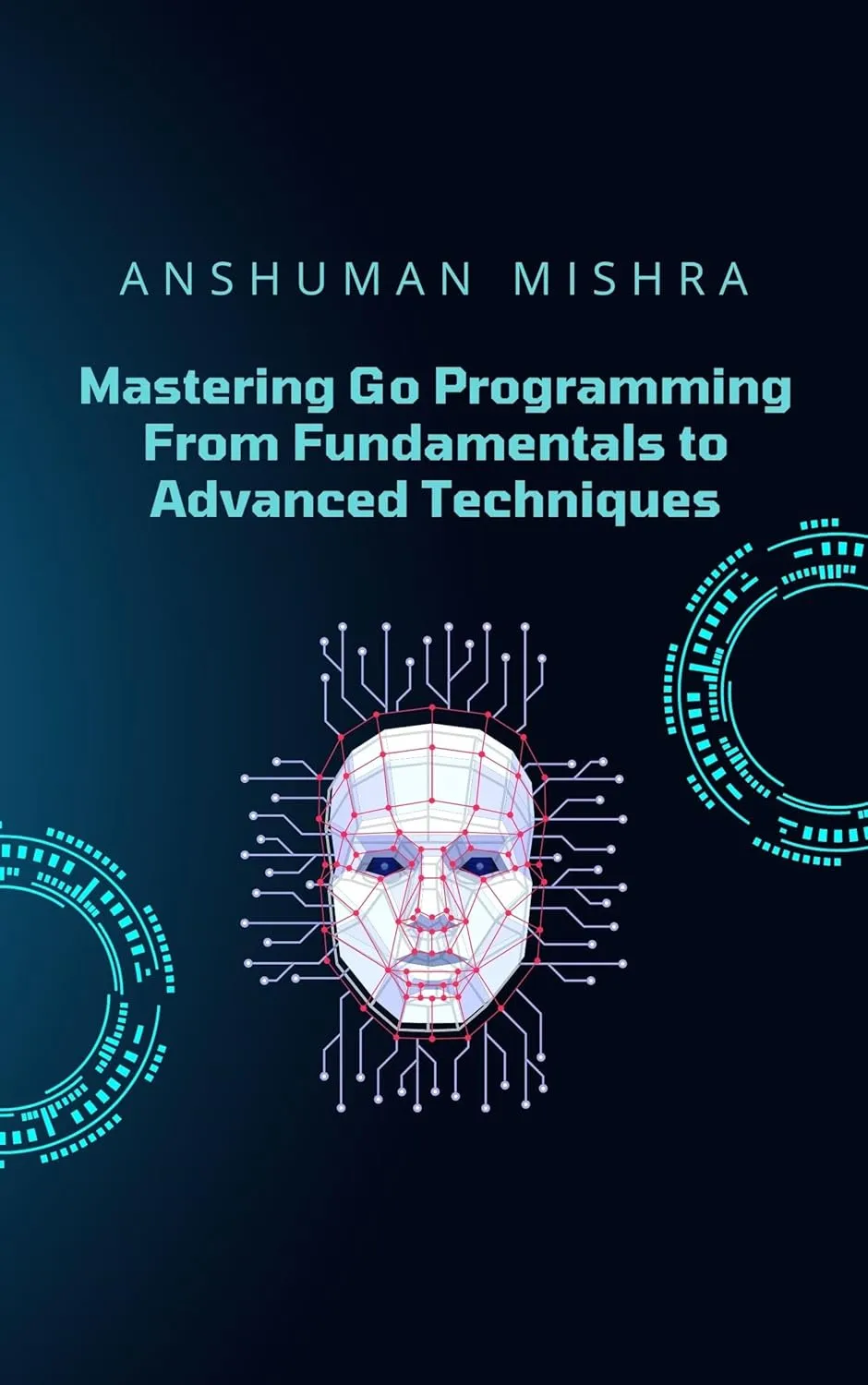Mastering Go Programming: From Fundamentals to Advanced Techniques (AI chatbot) by Anshuman Mishra
English | May 9, 2025 | ISBN: N/A | ASIN: B0F88C1RSB | 992 pages | EPUB | 1.87 Mb
English | May 9, 2025 | ISBN: N/A | ASIN: B0F88C1RSB | 992 pages | EPUB | 1.87 Mb
Mastering Go Programming: From Fundamentals to Advanced Techniques
Introduction
The Go programming language, often referred to as Golang, is a powerful, efficient, and statically typed language developed at Google. Designed for simplicity, speed, and reliability, Go has become a popular choice for building modern software systems, including microservices, web servers, data pipelines, and cloud-native applications. This book, Mastering Go Programming: From Fundamentals to Advanced Techniques, is crafted to cater to the needs of students, developers, and researchers who wish to master the art of programming in Go.
Why Learn Go?
Go’s unique combination of simplicity, performance, and scalability makes it an ideal language for a wide range of applications. Here are some key reasons why learning Go is beneficial:
- Simplicity and Readability: Go’s syntax is clean and concise, making it easy for beginners to grasp while offering the power needed for complex systems.
- Concurrency and Scalability: With built-in support for concurrency through goroutines and channels, Go is perfect for building scalable, high-performance systems.
- Strong Standard Library: Go comes with a rich standard library, reducing the need for external dependencies for many tasks.
- High Performance: Being a compiled language, Go provides performance close to that of C/C++, making it suitable for compute-intensive applications.
- Robust Tools and Ecosystem: Go has powerful tools for testing, dependency management, and code analysis, making the development process smoother.
- Wide Industry Adoption: Companies like Google, Netflix, Uber, and Dropbox rely on Go for critical parts of their infrastructure, creating numerous career opportunities.
This book is designed for a wide range of readers, including:
- Students: Those new to programming or looking to expand their knowledge with a modern, industry-relevant language.
- Developers: Professionals seeking to enhance their skills, build scalable applications, or transition to cloud-native development.
- Researchers: Individuals exploring high-performance computing, machine learning, or distributed systems.
Reading this book will provide you with a comprehensive understanding of the Go language and its practical applications, including:
- Mastering Go syntax and core concepts
- Building efficient, scalable software systems
- Developing cloud-native and distributed applications
- Gaining hands-on experience with real-world projects
- Understanding best practices for secure and maintainable code
- Preparing for Go-related certifications and technical interviews
This book is divided into several parts, each focusing on a different aspect of Go programming:
Part I: Getting Started with Go
- Chapter 1: Introduction to Go – History, features, and advantages of Go.
- Chapter 2: Setting Up Your Go Environment – Installation, workspace setup, and essential tools.
- Chapter 3: Go Fundamentals – Data types, control structures, functions, and error handling.
- Chapter 4: Data Structures in Go – Arrays, slices, maps, structs, and memory management.
- Chapter 5: Concurrency in Go – Goroutines, channels, and synchronization.
- Chapter 6: Packages and Modules – Creating, using, and managing Go packages.
- Chapter 7: Interfaces and Reflection – Advanced concepts for building reusable code.



